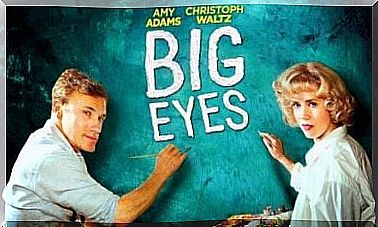What Is Classical Test Theory?

In psychology, tests are psychological or psychotechnical in nature and are intended to study or evaluate a function. Psychological tests are thus instruments that evaluate or measure the psychological characteristics of a person. Read on to learn more about classical test theory.
Test theories
Tests are advanced measuring instruments. In many cases they are very useful in the context of a psychological evaluation. However, a test must meet a minimum psychometric grade score to be useful. In addition, the specialist applying the test must know and respect the protocol.
On the other hand, test theories also tell us how to evaluate the quality of a test and, in many cases, how to minimize errors. In this sense, reliability and validity are perhaps the two most important concepts within classical test theory.
Reliability means the consistency or stability of data over repetition of the measurement process. In principle, this is a utopia, because in practice it is impossible to simulate the same conditions in two different measurements.
It is relatively easy to control external variables, such as making sure the temperature or noise level is exactly the same. However, it is much more difficult to control the internal variables of the person taking the test.
Validity refers to the extent to which empirical evidence and theory support the interpretation of test scores. Otherwise, we could say that validity is the ability of a measurement instrument to measure significantly and adequately the subject for which it is made.
There are two great theories when it comes to constructing and analyzing tests:
- the classic test theory
- the item response theory (IRT)
Below we explain the most important aspects of classical test theory.

The classic test theory
This approach is usually most commonly used when analyzing and creating tests. The answers someone gives during a test are compared using statistical or qualitative methods with the answers of other people who have taken the same test. This allows comparisons to be made.
However, classification is not so simple. The psychologist, like any other expert, must ensure that the instrument he or she uses is finely tuned and error-free (1).
So when a psychologist applies a test to one or more people, he gets the empirical scores of those people. However, this does not say much about the degree of accuracy of these scores.
For example, a person may have received a low score because they were not feeling well that day or even because the physical conditions of the place where they took the test were not optimal.
Classic Linear Regression Model
Spearman developed classical test theory in the early 20th century. The researcher then proposed a very simple model for the test scores: the classical linear regression model.
This model consists of the assumption that a given test score or empirical score (X) has two variables. The first variable is the true score (V) and the second is the error (e). The latter can be caused by things that are beyond our control. Therefore, classical test theory is responsible for determining the measurement error.
The formula is: X = V + e
Spearman then added three assumptions to the model, which we discuss below.
The three assumptions of the classical linear regression model
- The true score (V) is the mathematical expectation of the empirical score: V = E (X).
- So a person’s actual test score is the average score of the same test if someone were to take it indefinitely.
- There is no relationship between the number of true scores and the errors affecting these scores: r(v, e) = 0
- The actual score is independent of the measurement error.
- The measurement errors in one test are not related to the measurement errors in another test: r (ex, ek) = 0
- Errors made on one occasion would be inconsistent with errors made on another test.

The classical test theory is simple. It can be applied and put into practice in any context without the need for particularly advanced mathematical skills.
The problem, however, is that the results it produces will always be linked to the population where the test is validated. In addition, the tests require a minimum acceptable score.









